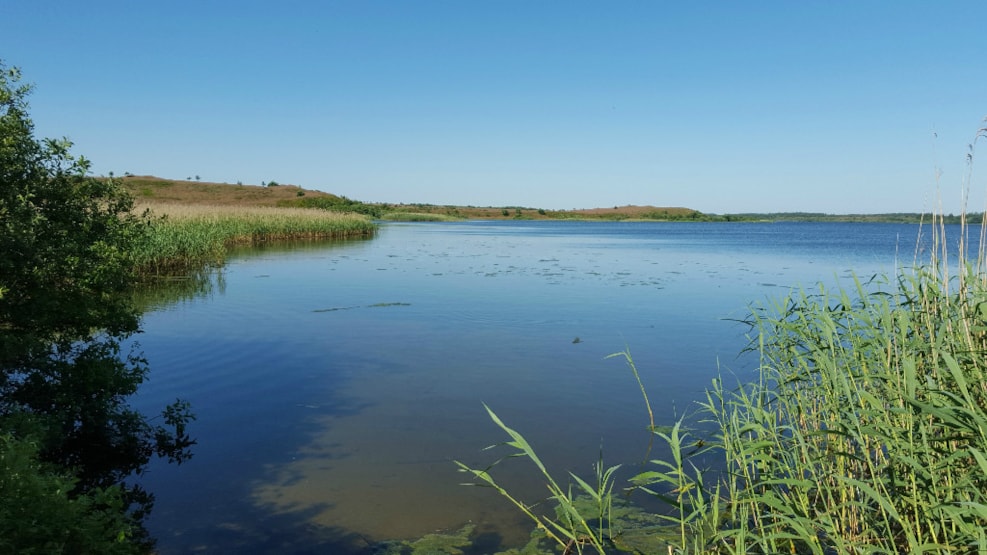
Flyndersø hiking
The Flyndersø area is a unique protected nature area of 1200 ha. The lake is surrounded by large heaths, oak scrub, and plantations. By the lake you can experience a rich bird life and the distinctive nature of the heath.
Experience Flyndersø.
Denmark's largest moor lake - in between heath and forest
The Flyndersø area is a unique protected nature area of 1200 ha. The lake is surrounded by large heaths, oak scrub, and plantations. By the lake you can experience a rich bird life and the distinctive nature of the heath.
The marked paths in the area lead through an exciting landscape with very varied nature. The Flyndersø area is shaped by the ice age and is known for its "death holes", which are large depressions and craters in the landscape, created by lumps of ice during the ice age.
At Flyndersø, many of the areas are privately owned. A large part of the heath is grazed by sheep. Be a good guest, show consideration for both animals and people and respect the signage in the area.
Flyndersø:
P: By driveway from Herningvej (N 56 ° 31.114 ', E 8 ° 57.335')
L: 4.8 km
Marking: Red
On this route you will, among other things, pass "Ingeniørens Bænk" - a vantage point.
From this bench there is a nice view down towards Tagmose Odde. One can clearly see how the lake consists of a series of basins separated by headlands. Each basin is the imprint of a lump of ice, while the headlands mark where they collided. The whole lake is 8 km long.
Snævringen:
P: At the entrance from Herningvej (N 56 ° 31.270 ', E 8 ° 57.434')
L: 1.4 km
Marking: Yellow
Snævringen is a very undisturbed and scenic area. Here is a living area and marked nature trail. If you sit still by the lake, you may be lucky to see ospreys or sea eagles gliding across the sky. The kingfisher also lives in the area. Fisker Hans once lived in "Bærs Hedehuse" out by Snævringen. He was a commercial fisherman on the lake. Respect the signs in the area. "Bærs Hedehuse" is private, and there is no public access. At Snævringen you can see the old drainage canals along the lake shore. They were dug by hand in the 19th century, when people wanted to empty the lake of water and grow hay and grain on the area. The project was thankfully abandoned.